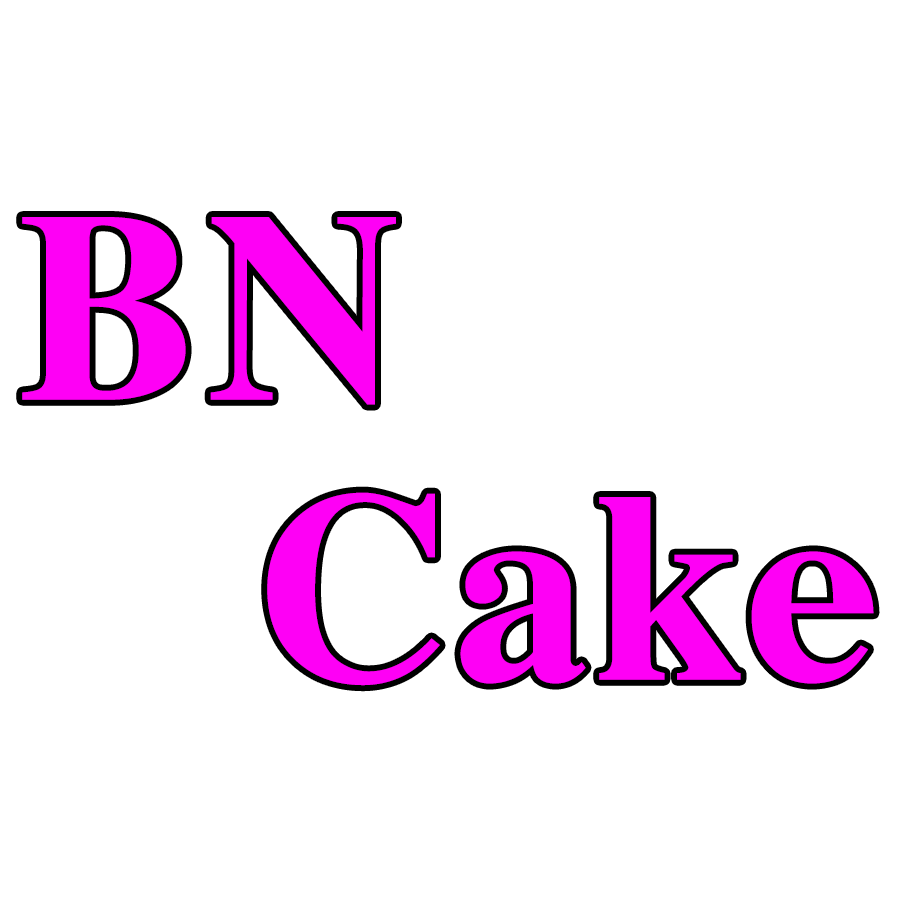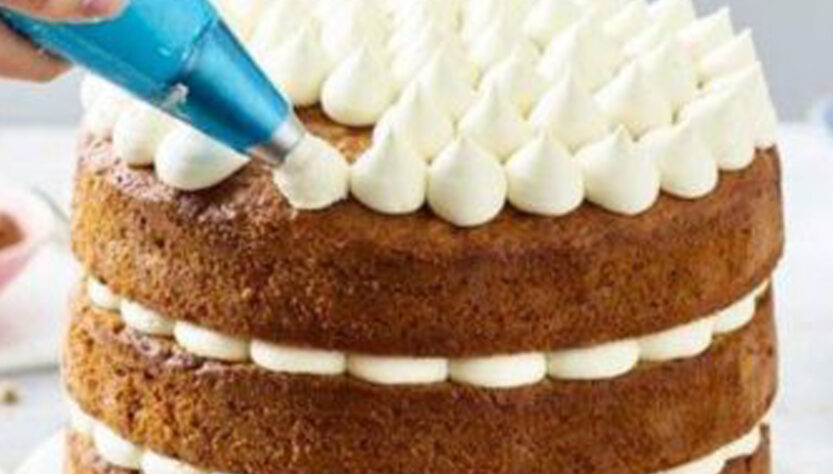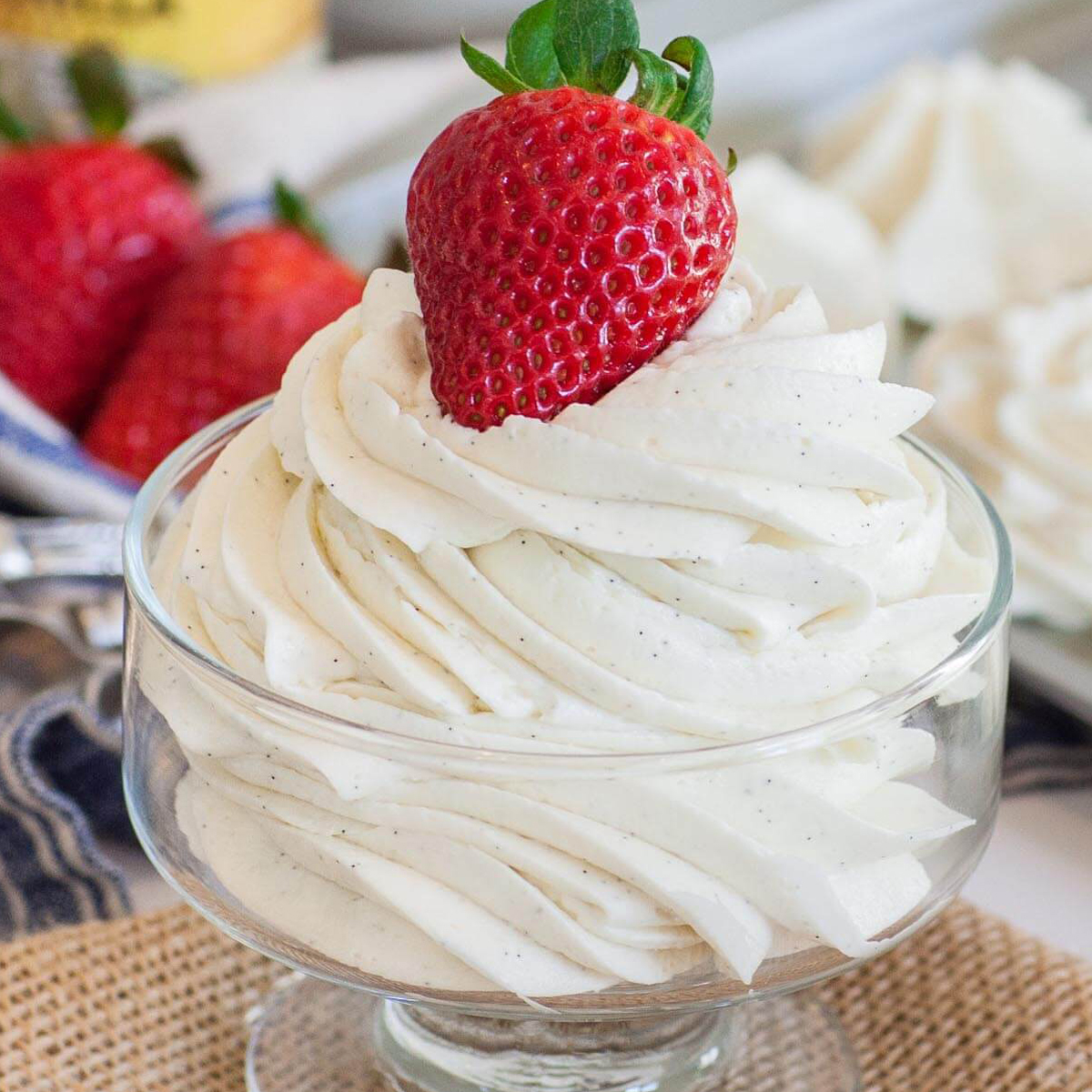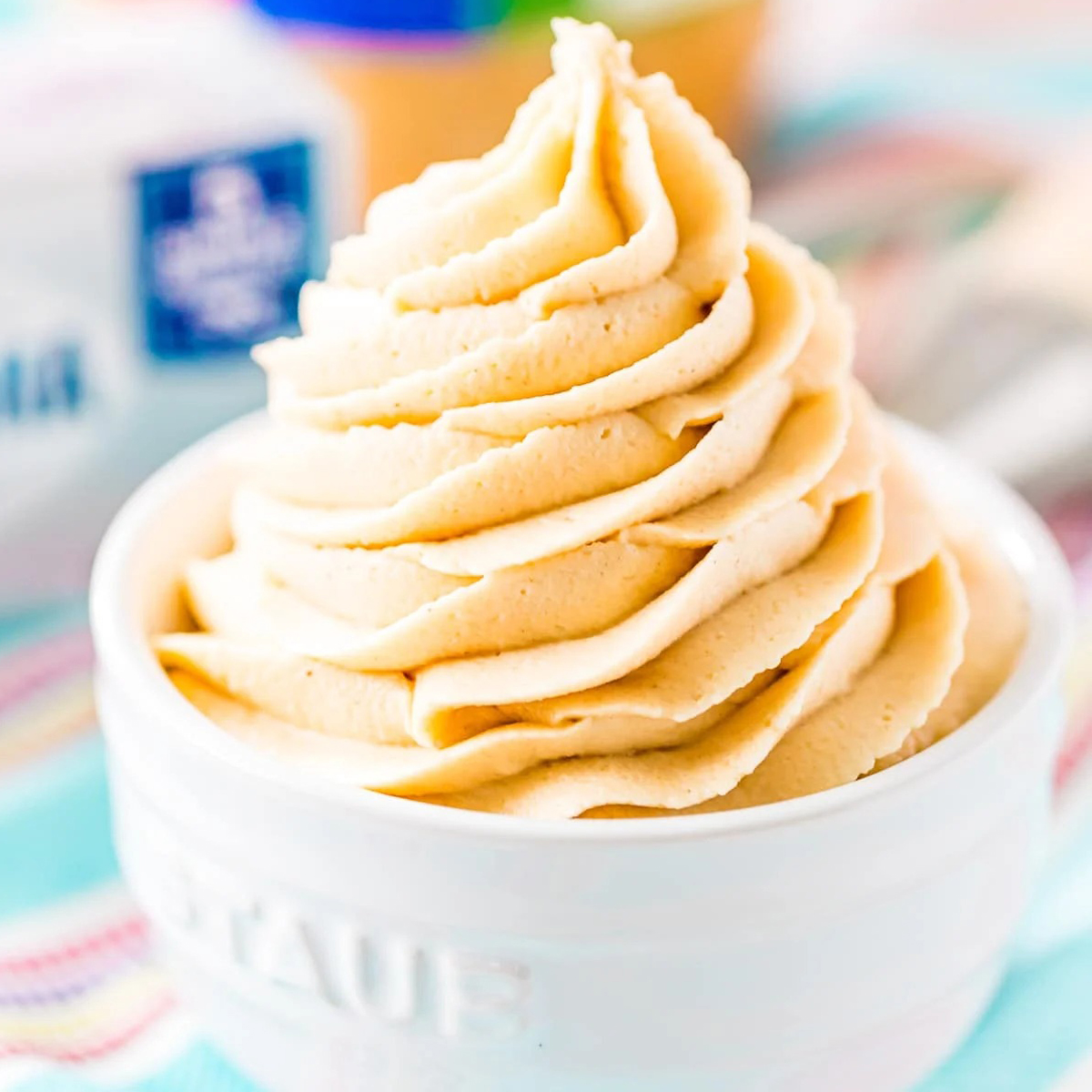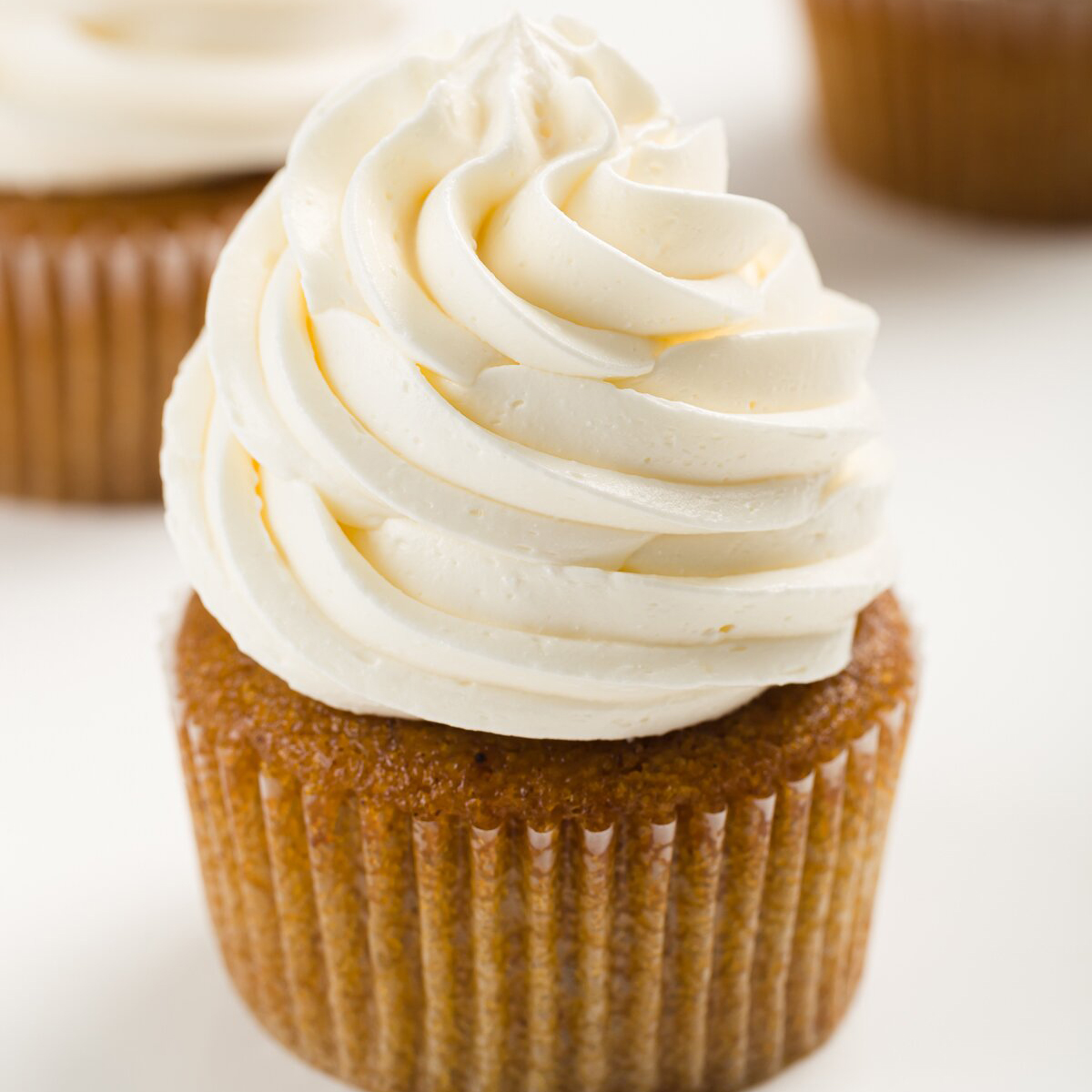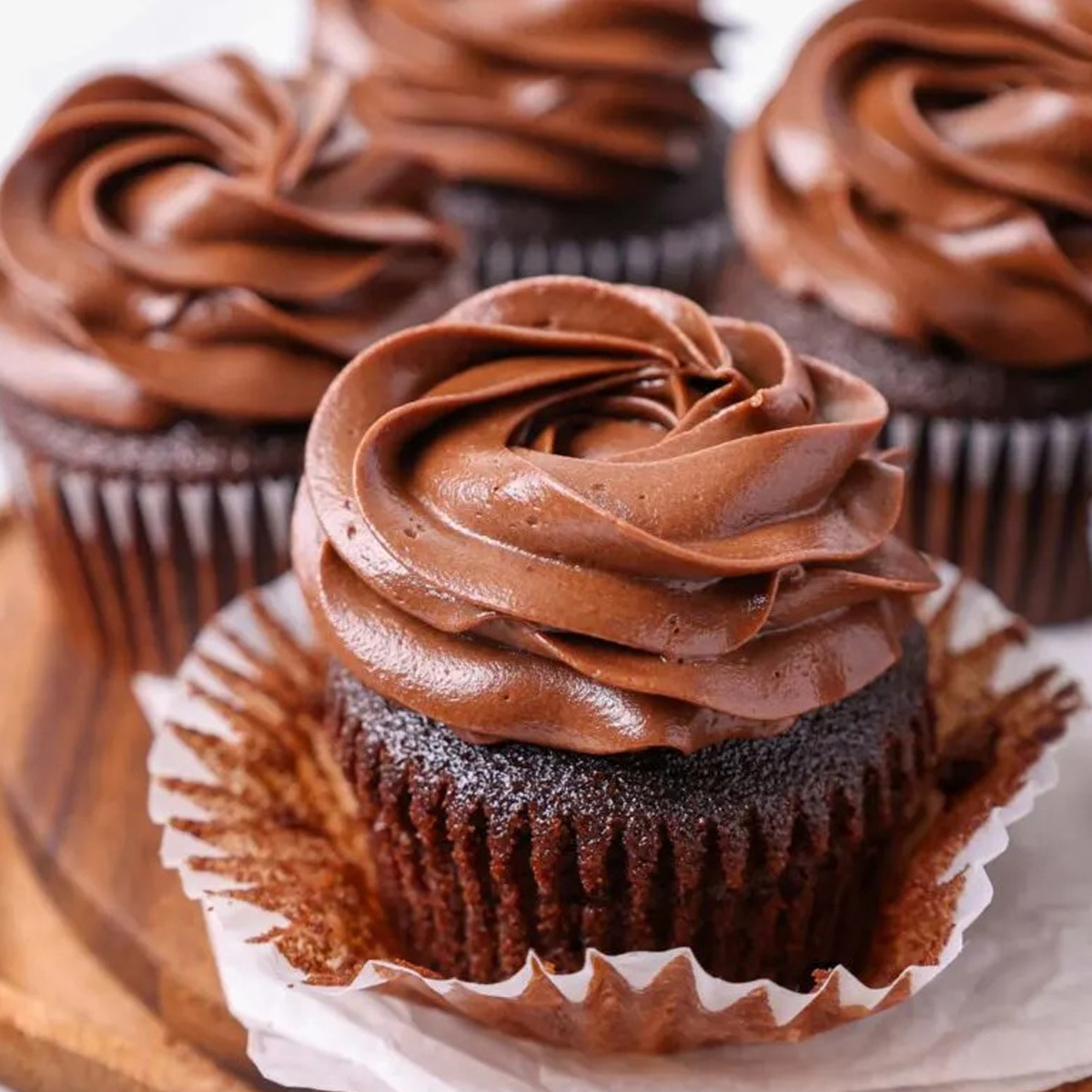Buttercream is a versatile and indulgent frosting that serves as a delicious accompaniment to cakes, cupcakes, cookies, and more. Known for its creamy texture and rich flavor, buttercream is a staple in baking and cake decorating. Made primarily from butter, powdered sugar, and flavorings such as vanilla or cocoa powder, buttercream can be customized to suit a variety of tastes and preferences. Its smooth consistency makes it ideal for spreading, piping, and decorating, allowing bakers to unleash their creativity and craft stunning confections. Whether you’re a seasoned baker or a novice in the kitchen, mastering the art of buttercream opens up a world of sweet possibilities.
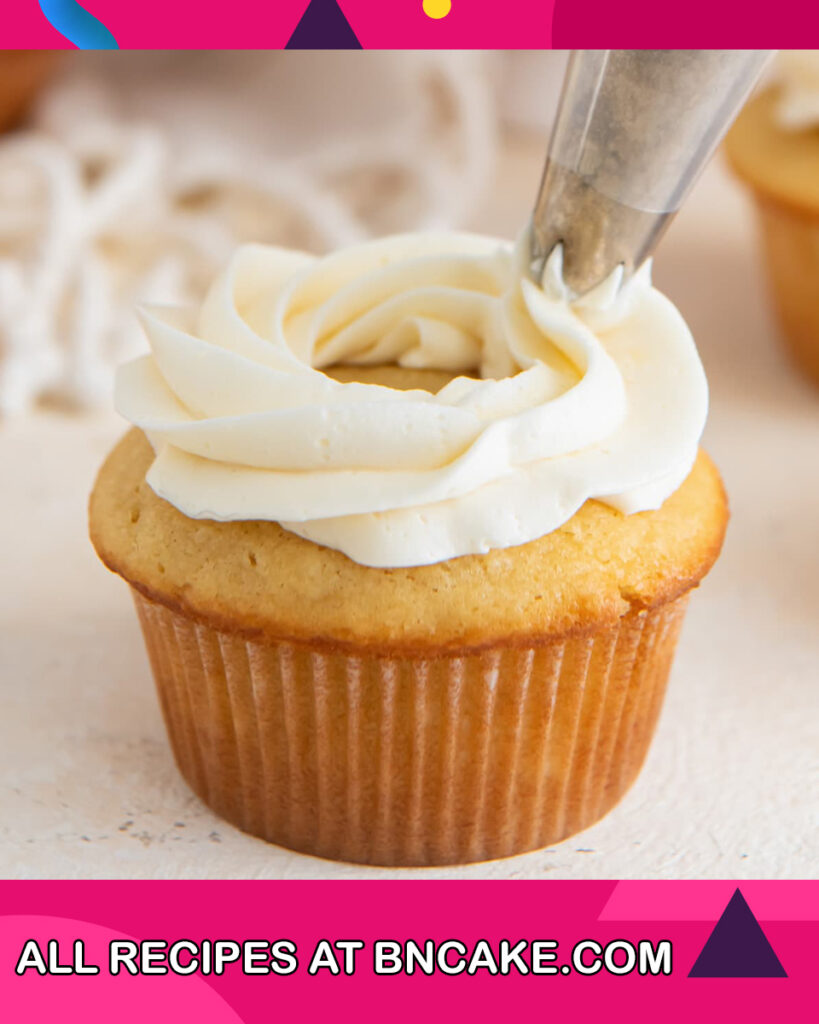
What Is Buttercream?
Buttercream is a type of frosting commonly used in baking and cake decorating. It’s made primarily from butter (hence the name), powdered sugar, and flavorings such as vanilla extract or cocoa powder. The ingredients are whipped together until smooth and creamy, resulting in a rich and indulgent frosting with a smooth texture. Buttercream can be used to frost cakes, cupcakes, cookies, and other baked goods, and it can be flavored and colored in countless ways to suit different tastes and occasions. It’s a versatile and popular choice for both amateur and professional bakers due to its delicious flavor and ease of use in decorating.
Why You Will Love Buttercream Recipe?
You will love the buttercream recipe for several reasons:
- Rich and Creamy Texture: Buttercream is luxuriously smooth and creamy, providing a delectable contrast to the light and fluffy texture of cakes and cupcakes.
- Versatility: This recipe offers endless possibilities for customization. Whether you prefer classic vanilla, indulgent chocolate, or exotic flavors like coconut or raspberry, buttercream can be flavored to suit your taste preferences.
- Easy to Make: With just a few simple ingredients and basic equipment, you can whip up a batch of buttercream in no time. It’s an accessible recipe for bakers of all skill levels.
- Perfect for Decorating: Buttercream’s smooth consistency makes it ideal for decorating cakes and cupcakes. Whether you’re piping intricate designs or spreading a simple layer of frosting, buttercream provides a versatile canvas for your creativity.
- Irresistible Flavor: The combination of butter, sugar, and vanilla creates a heavenly flavor that’s hard to resist. Buttercream adds a deliciously sweet and decadent touch to any baked treat.
Overall, this buttercream recipe is sure to become a favorite in your baking repertoire, bringing joy to every bite with its luscious texture and irresistible flavor.

Ingredients For Buttercream
- 1 cup (2 sticks) unsalted butter, softened
- 4 cups powdered sugar (also known as icing sugar or confectioners’ sugar)
- 2 teaspoons vanilla extract
- 2-4 tablespoons heavy cream or milk (optional, for adjusting consistency)
- Pinch of salt (optional, to enhance flavor)
Instructions For Buttercream
- Prepare the Butter: Ensure that the unsalted butter is softened to room temperature. This will make it easier to cream with the sugar and create a smooth frosting.
- Cream the Butter: In a large mixing bowl, use an electric mixer set to medium speed to cream the softened butter until it becomes smooth and creamy. This process usually takes about 1-2 minutes.
- Incorporate Powdered Sugar: Gradually add the powdered sugar to the creamed butter, about one cup at a time, while mixing on low speed. Continue mixing after each addition until all the sugar is fully incorporated and the mixture is smooth.
- Beat Until Fluffy: Once all the powdered sugar has been added, increase the mixer speed to medium-high and beat the mixture for an additional 3-5 minutes, or until it becomes light and fluffy.
- Add Flavorings: Stir in the vanilla extract to the buttercream mixture. Additionally, if desired, add a pinch of salt to enhance the flavor. Mix until all ingredients are well combined.
- Adjust Consistency (Optional): If the buttercream is too thick, gradually add heavy cream or milk, one tablespoon at a time, until the desired consistency is reached. Be cautious not to add too much liquid, as this can make the frosting too thin.
- Final Mixing: Once the buttercream is smooth, creamy, and at the desired consistency, it is ready to use for frosting cakes, cupcakes, cookies, or any other baked goods.
This detailed formula provides a step-by-step guide for making a classic buttercream frosting that is smooth, creamy, and deliciously sweet. Feel free to customize the flavor and consistency of the frosting to suit your preferences and the specific needs of your baked treats. Enjoy creating beautiful and flavorful desserts with this versatile buttercream recipe!

How To Serve Buttercream
Serving buttercream can be a delightful experience, whether you’re enjoying it as a frosting on cakes and cupcakes or using it as a filling for cookies and pastries. Here are some ways to serve buttercream:
- As a Frosting: Spread buttercream generously over cakes, cupcakes, or cookies using an offset spatula or a piping bag. You can create smooth finishes or decorate with swirls, rosettes, or other intricate designs to enhance the visual appeal of your desserts.
- As a Filling: Use buttercream as a delicious filling between layers of cake, cookies, or macarons. Spread a layer of buttercream between cake layers for a moist and flavorful filling, or sandwich cookies together with buttercream for a sweet treat.
- With Fresh Fruit: Serve buttercream alongside fresh fruit for a delightful dessert dip or topping. Dip strawberries, raspberries, or sliced apples into buttercream for a decadent treat, or use it as a topping for fruit tarts or pavlovas.
- In Dessert Shooters: Layer buttercream with cake crumbs, cookie crumbles, or fruit in small glasses or shot glasses to create elegant dessert shooters. Garnish with whipped cream, chocolate shavings, or fresh berries for an impressive presentation.
- On Pancakes or Waffles: Spread a dollop of buttercream onto warm pancakes or waffles as a delicious alternative to syrup. The creamy texture and sweet flavor of the buttercream complement the fluffy texture of pancakes and the crispiness of waffles perfectly.
- As a Dip for Pretzels or Graham Crackers: Serve buttercream as a dip for salty pretzels or crunchy graham crackers for a sweet and salty snack. The combination of creamy buttercream and crunchy snacks creates a satisfying contrast in flavors and textures.
- In Ice Cream Sundaes: Use buttercream as a topping for ice cream sundaes to add extra sweetness and flavor. Drizzle warm buttercream over scoops of ice cream and finish with sprinkles, chopped nuts, or a cherry on top for a fun and indulgent dessert.
However you choose to serve it, buttercream is sure to be a crowd-pleaser with its creamy texture and irresistible flavor.
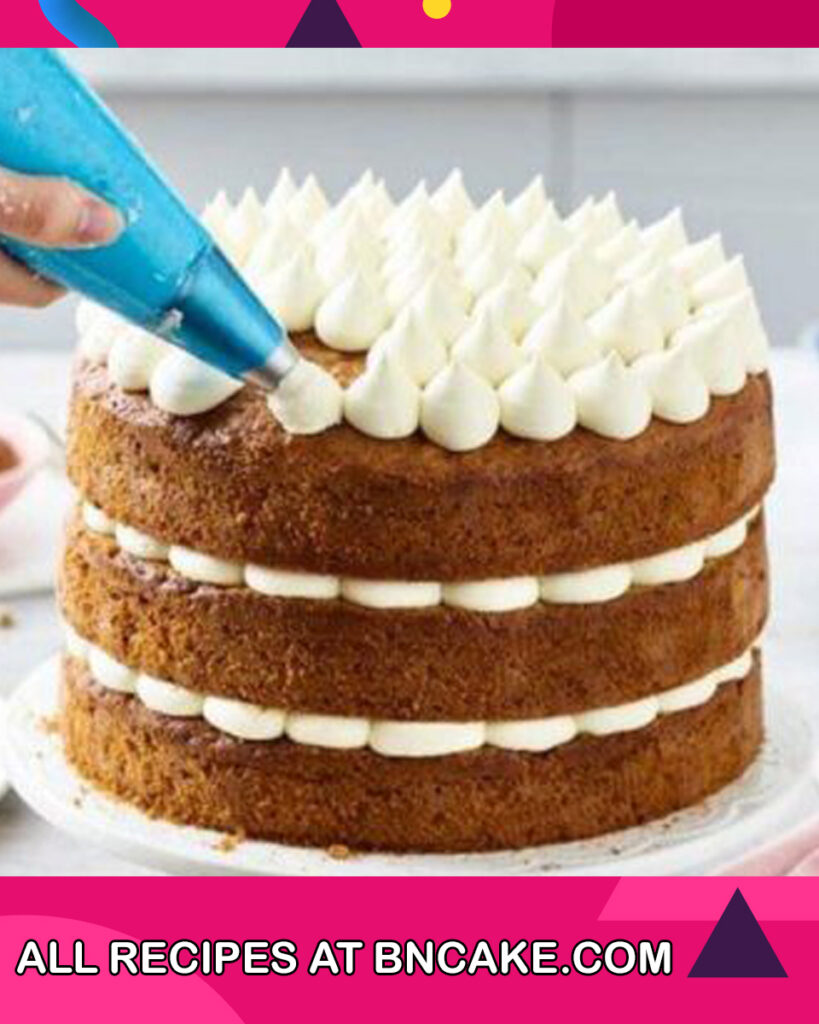
How To Store Buttercream
Properly storing buttercream is essential to maintain its texture, flavor, and freshness. Here’s how to store buttercream:
- Refrigeration: If you’re not using the buttercream immediately after making it, store it in an airtight container in the refrigerator. Buttercream can typically be refrigerated for up to 1 week without any significant changes in texture or flavor.
- Freezing: Buttercream can also be frozen for longer-term storage. Place the buttercream in an airtight container or freezer bag, ensuring that it’s well-sealed to prevent freezer burn. Frozen buttercream can last for several months in the freezer.
- Thawing Frozen Buttercream: When you’re ready to use frozen buttercream, transfer it from the freezer to the refrigerator and allow it to thaw overnight. Once thawed, let it come to room temperature before re-whipping it with a mixer to restore its creamy texture.
- Avoid Air Exposure: Whether refrigerating or freezing buttercream, make sure it’s well-covered to prevent exposure to air, which can cause it to dry out or absorb odors from the refrigerator.
- Labeling: If you’re storing buttercream in the refrigerator or freezer, it’s a good idea to label the container with the date it was made to help you keep track of its freshness.
- Condensation: Be mindful of condensation when thawing frozen buttercream. Allow it to come to room temperature slowly to prevent condensation from forming on the surface, which can affect its texture.
- Re-Whipping: If refrigerated or frozen buttercream appears slightly stiff or separated after storage, you can re-whip it with a mixer to restore its creamy consistency before using it to frost cakes or cupcakes.
By following these storage tips, you can keep your buttercream fresh and delicious for longer periods, ensuring that it’s ready to use whenever you need it for your baking projects.
More Incredible Buttercream To Try
FAQs And Troubleshooting About Buttercream
FAQs about Buttercream:
- Can I use salted butter for making buttercream?
It’s generally recommended to use unsalted butter for buttercream to have better control over the saltiness of the frosting. However, if you prefer using salted butter, you can adjust the amount of added salt accordingly or omit it altogether. - How can I flavor buttercream besides vanilla?
Buttercream can be flavored in various ways, including adding cocoa powder for chocolate flavor, fruit purees or extracts for fruit flavors, coffee or espresso for a mocha flavor, or spices such as cinnamon or nutmeg for a spiced buttercream. - Can I color buttercream frosting?
Yes, buttercream frosting can be colored using gel food coloring or powdered food coloring. Add small amounts of coloring gradually until you achieve the desired hue, mixing well after each addition. - What is the best way to store leftover buttercream?
Leftover buttercream can be stored in an airtight container in the refrigerator for up to a week or in the freezer for several months. Thaw frozen buttercream in the refrigerator overnight and then allow it to come to room temperature before re-whipping. - Can I make buttercream ahead of time?
Yes, you can make buttercream ahead of time and store it in the refrigerator or freezer. Be sure to store it properly in an airtight container to maintain its freshness and texture.
Troubleshooting Common Buttercream Issues:
- Buttercream is too stiff: If your buttercream is too stiff, it may have been overmixed or the butter was too cold. Try letting it sit at room temperature for a bit to soften before remixing it.
- Buttercream is too runny: If your buttercream is too runny, it may have been overmixed or too much liquid was added. Try chilling it in the refrigerator for a short while to firm up before remixing it.
- Buttercream is grainy: If your buttercream is grainy, it may be due to the powdered sugar not being fully dissolved. Ensure that you mix the butter and sugar thoroughly, and sift the powdered sugar if necessary to remove any lumps.
- Buttercream has air bubbles: Air bubbles can form in buttercream during mixing. To remove air bubbles, gently tap the bowl on the counter to release them, or run a spatula or spoon through the buttercream to smooth it out.
- Buttercream is too sweet: If your buttercream is too sweet, you can balance the sweetness by adding a pinch of salt or a splash of lemon juice to cut through the sweetness.
By addressing these FAQs and troubleshooting common issues, you can create smooth, creamy, and delicious buttercream frosting for all your baking needs.
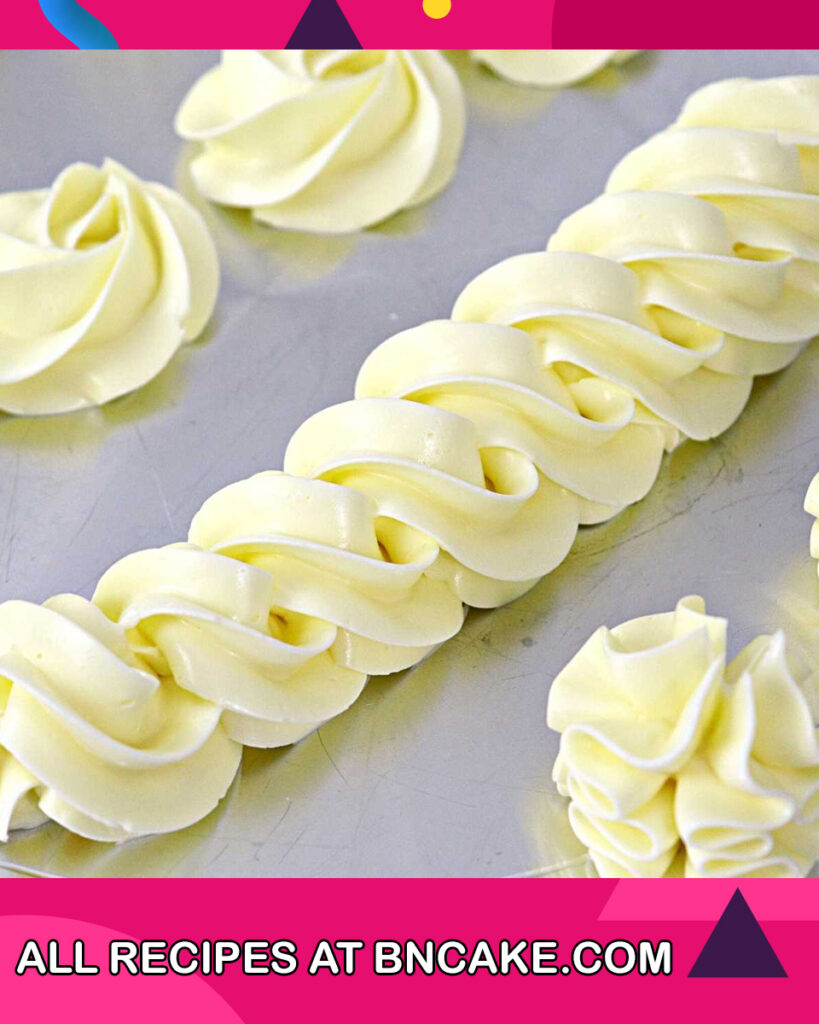
Tips And Tricks For Buttercream
Here are some tips and tricks for working with buttercream frosting:
- Use Room Temperature Ingredients: Ensure that your butter is softened to room temperature before making buttercream. This will help achieve a smooth and creamy texture.
- Sift the Powdered Sugar: Sift the powdered sugar before adding it to the butter to prevent lumps and ensure a smooth consistency in the frosting.
- Add Liquid Gradually: When adjusting the consistency of buttercream with heavy cream or milk, add the liquid gradually to avoid making the frosting too thin. You can always add more liquid if needed, but it’s difficult to thicken it once it’s too runny.
- Mixing Time: Be mindful not to overmix the buttercream, as this can lead to a greasy texture. Mix until all ingredients are well combined and the frosting is smooth and fluffy.
- Flavoring: Experiment with different flavorings to customize your buttercream. Besides vanilla extract, try adding other extracts such as almond, lemon, or peppermint, or incorporate cocoa powder for a chocolatey flavor.
- Coloring: Use gel food coloring or powdered food coloring for vibrant and intense colors in your buttercream. These types of coloring agents are concentrated and won’t affect the consistency of the frosting.
- Texture Adjustment: If your buttercream is too stiff, you can add a small amount of additional liquid (such as milk or cream) to soften it. Conversely, if it’s too soft, you can add more powdered sugar to stiffen it.
- Chilling Before Decorating: If you plan to pipe intricate designs with buttercream, chill the frosting in the refrigerator for about 15-30 minutes before decorating. This will help it hold its shape better.
- Storing Decorated Treats: If you’ve decorated cakes or cupcakes with buttercream, store them in the refrigerator to maintain the frosting’s shape and freshness, especially if the weather is warm.
- Practice Makes Perfect: Buttercream frosting takes practice to master. Don’t be discouraged if your first attempts aren’t perfect. Keep experimenting and refining your technique to achieve the desired results.
With these tips and tricks, you’ll be able to create beautiful and delicious buttercream frosting for all your baking endeavors. Enjoy the process of decorating and indulging in your homemade treats!
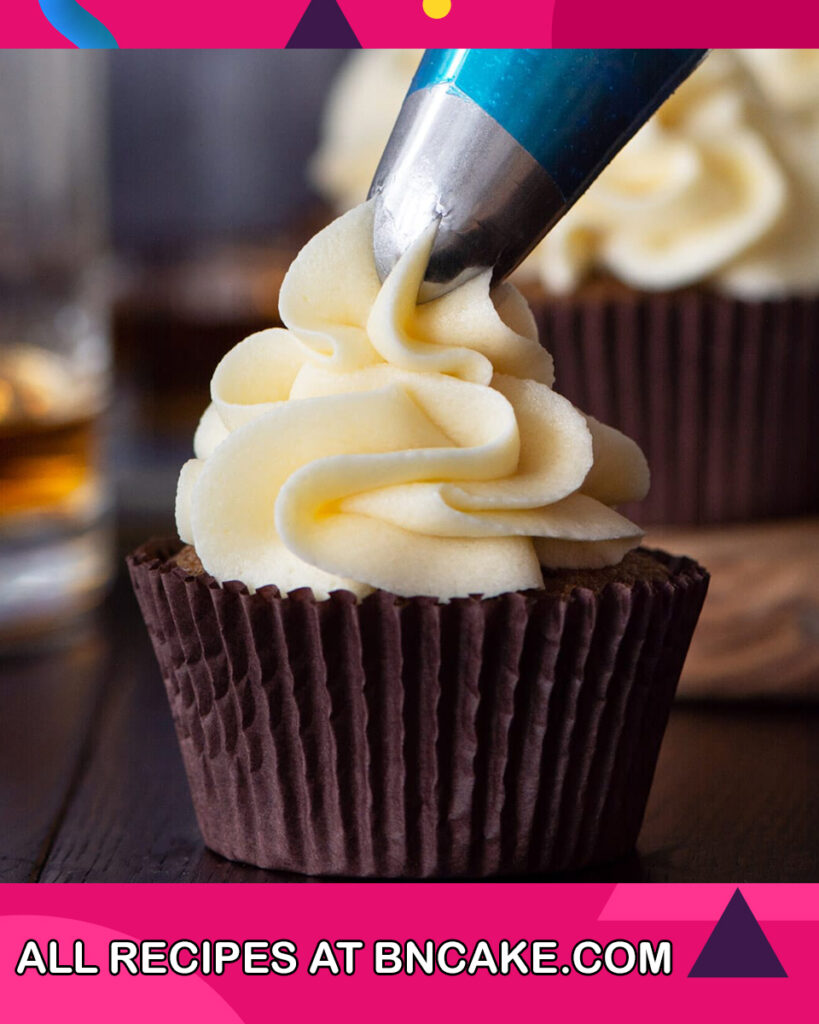
Nutrition Information
The nutritional information for buttercream frosting can vary based on specific recipes and ingredient proportions. However, here’s a general overview of the approximate nutritional values for buttercream frosting per serving (about 2 tablespoons), based on a traditional recipe:
- Calories: 140-160 kcal
- Total Fat: 7-9 g
- Saturated Fat: 4.5-6 g
- Cholesterol: 20-30 mg
- Sodium: 5-15 mg
- Total Carbohydrates: 20-22 g
- Sugars: 20-21 g
- Protein: 0 g
Please note that these values are approximate and can vary depending on factors such as the specific ingredients used (e.g., type of butter, amount of powdered sugar), serving size, and any additional flavorings or mix-ins. Additionally, buttercream frosting is high in calories and sugar due to its butter and powdered sugar content, so it should be enjoyed in moderation as part of a balanced diet.
